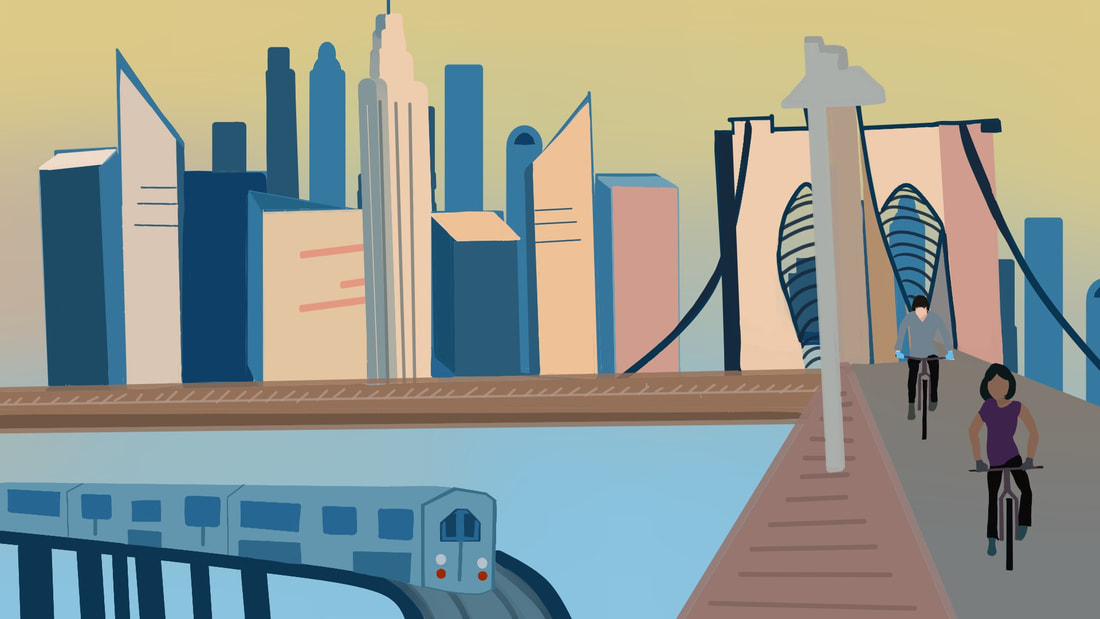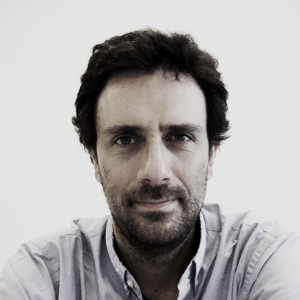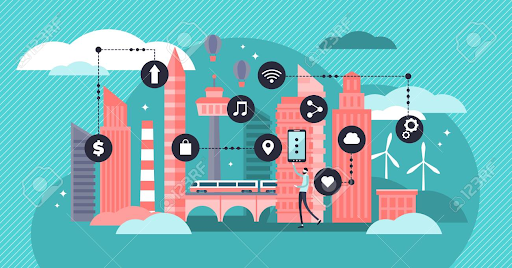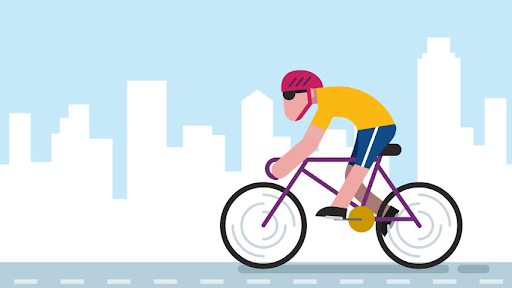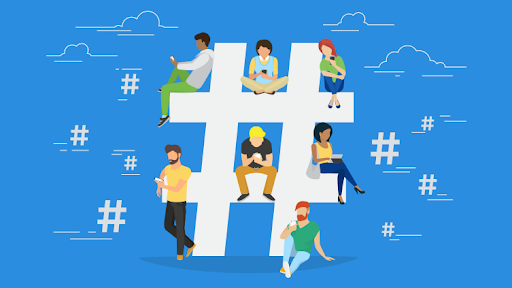|
By: Hannah Lin (CC '23)
The following is a heavily condensed version of the full interview. If you're interested, read more here. You research at the intersection of so many different fields. Those are, and I’m quoting directly from your website, data, geographic information systems (GIS), visualization, journalism, architecture, urbanism, and the humanities. How did you get into this work?
other disciplines. That included the Brown Institute for Media Innovation, where I work now, because a lot of the ways in which we were trying to present information and data overlapped with the work that journalists do in telling stories. We also collaborated a lot with people in the humanities because a lot of the datasets we work with around cities, population, and migration are also humanities datasets.
Can you describe the research you’ve been doing related to the pandemic?
We’re still working on it, so we haven’t published it or written it, but what we found was that both transportation modes decreased simultaneously in a very parallel manner, in a similar magnitude of decrease.
What’s been interesting has been the reopening. We have actually seen that the number of riders taking the subway has really not picked up that much, whereas the number of people riding Citi Bikes and moving around on bicycles—the city has bicycle counters on the bridges—has picked up. Right now, we’re in the middle of testing whether they have picked up to normal levels, or whether they’re still below normal levels.
the decrease, even though it was enormous (more than 50%), has not been uniform across the city. Some neighborhoods have seen decreases around 90%, while others have seen decreases around 40%. That’s pretty much tied to demographics, especially income and people who are deemed essential who are, most of the time, in lower-income neighborhoods that are still relying on public transportation.
What projects are you looking into for the coming future?
the segregation for around two or three years, and I want to do an analysis where I test how much this policy has influenced the way people talk about segregation.
There are other things we do at the Brown Institute. In this year’s cohort, a lot of grants have to do with COVID or with the protests around the killing of George Floyd. One of my main jobs is to accompany these grants and help them throughout the year. We have a grant that is looking back at the 1994 crime bill and the Central Park Five case and looking at how the media was talking about crime in that moment to understand the role it played in racializing crime. That’s one of our biggest grants, with a team from Columbia and Stanford, so a bicoastal grant, which we really like. What is your perspective on how the pandemic is shaping the future of journalism and data? From what I understand, journalism is in a very important moment. Before the pandemic, it was in a difficult financial position. However, with the pandemic, with all the other things going on, the value of journalism is becoming more clear and people are starting to realize that supporting good journalism is important not only for themselves but also for a healthy democracy. I’m hoping that that really serves to maintain the good journalism that is happening and to encourage more of it. I think journalists are becoming very good at working with data and at questioning data. Data is an incredibly powerful resource, but it’s also something that needs to be questioned and well understood. You shouldn’t put all of your trust in a dataset. Journalists are becoming very good at doing that, so I am hopeful. I’m very happy to be in this area at this moment, because I think it’s very exciting.
0 Comments
Your comment will be posted after it is approved.
Leave a Reply. |

